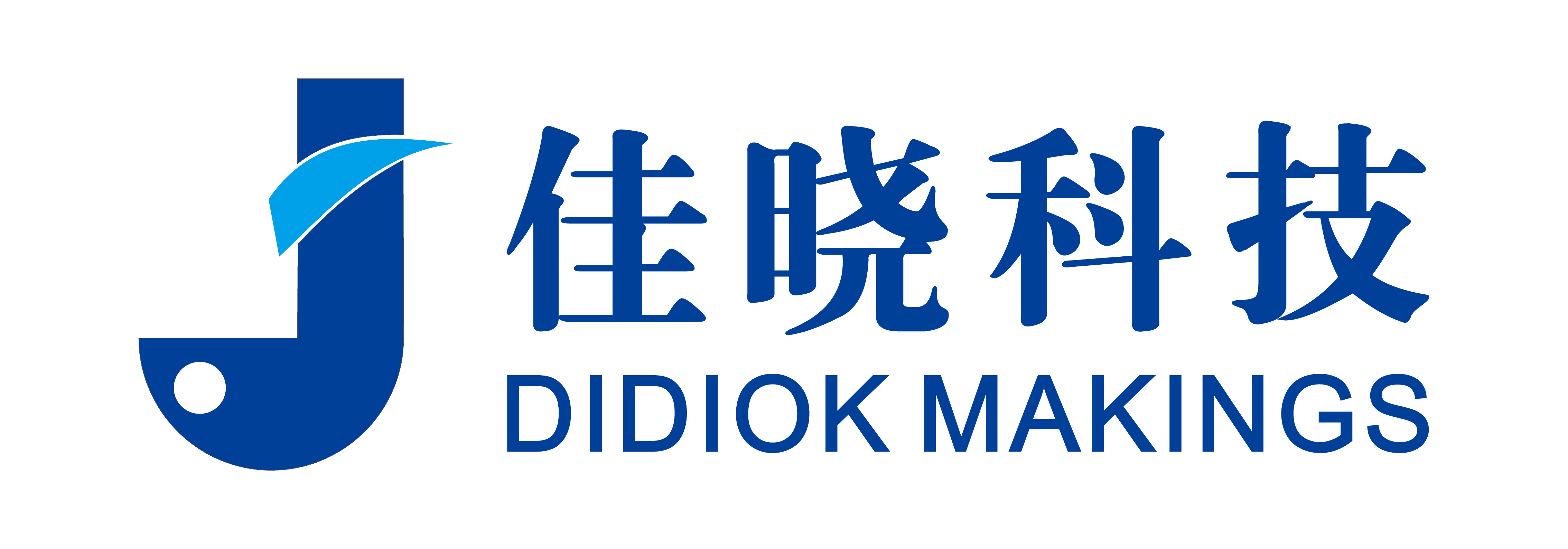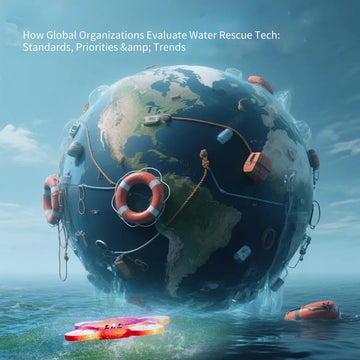In the face of rising global water-related emergencies—from coastal flooding and tsunamis to urban flash floods and mass drowning events—water rescue technology is no longer a secondary concern for governments and humanitarian agencies. Today, organizations like the United Nations, Red Cross, and coast guards worldwide are actively evaluating, procuring, and deploying high-performance water rescue equipment as part of their disaster preparedness and public safety strategies.
But how do they evaluate which technologies to adopt? What features, certifications, and use cases do they prioritize?
This article explores the key criteria global organizations use to evaluate water rescue technologies and what it means for manufacturers, suppliers, and procurement officers.
1. Life-Saving Efficiency: Time to Impact
Above all, water rescue tech is judged on its speed of response. Whether it’s a drone-based flotation device or an automated rescue buoy, global evaluators ask:
-
How quickly can it reach a drowning victim?
-
Is the device remotely operable, reducing risk to human rescuers?
-
Can it function in real-time disaster zones (e.g., floods, rip currents)?
Example: Devices like the JX-6A water rescue drone are praised for reaching victims in under 30 seconds—critical for survival in cold or fast-moving water.
2. Ease of Deployment & Training
Organizations operate across diverse terrains and with multilingual teams. As a result, technology that is:
-
Plug-and-play, with minimal training requirements
-
Compatible with existing SAR protocols
-
Easy to transport and deploy in remote zones
…will always be favored. Equipment that reduces training time and avoids steep learning curves increases operational readiness.
3. Durability & Environmental Resistance
International rescue operations often happen in unpredictable or harsh environments: tsunamis, monsoons, sub-zero rivers, or coastal storms.
Global agencies prioritize gear with:
-
IP67/IP68 waterproof ratings
-
Resistance to corrosion (especially saltwater)
-
Long battery life and secure remote signal stability
-
Operational range that can cover large areas
4. Multi-Use Functionality & Modularity
To minimize cost and improve logistics, organizations increasingly prefer modular rescue systems:
-
A drone that delivers flotation gear, relays live video, and maps flood zones
-
A powered lifebuoy that assists both rescue and evacuation
Multi-functional devices are not only more cost-effective but also improve mission flexibility, especially in unpredictable rescue scenarios.
5. Certifications, Trials & Real-World Validation
Before procurement, organizations often require:
-
Third-party certifications (e.g., CE, FCC, ISO standards)
-
Field testing reports in real rescue missions
-
Operational data showing success rates, user feedback, and post-deployment performance
A proven track record in countries prone to floods, such as Bangladesh or Indonesia, gives manufacturers a strong edge during evaluation.
6. Supply Chain Reliability & After-Sales Support
Lastly, it’s not just about the product—it’s about the support. Global organizations need:
-
Fast, reliable spare part logistics
-
Local or regional training partners
-
Clear documentation in multiple languages
-
Remote troubleshooting or firmware update capabilities
For long-term adoption, rescue tech providers must show they can scale up and support global deployments—not just deliver devices.
Final Thoughts: Meeting a Global Standard
Whether you're a distributor, manufacturer, or government procurement team, understanding how global organizations assess water rescue tech is essential to staying competitive.
By focusing on fast deployment, ease of use, durability, multi-functionality, and real-world testing, rescue equipment providers can better align their solutions with what truly matters in life-saving missions.
In a world where every second counts, the right technology doesn't just win contracts—it saves lives.
Interested in water rescue drones or smart lifebuoy systems that meet global criteria?
Contact us to learn more or request a technical demo tailored to your needs.





